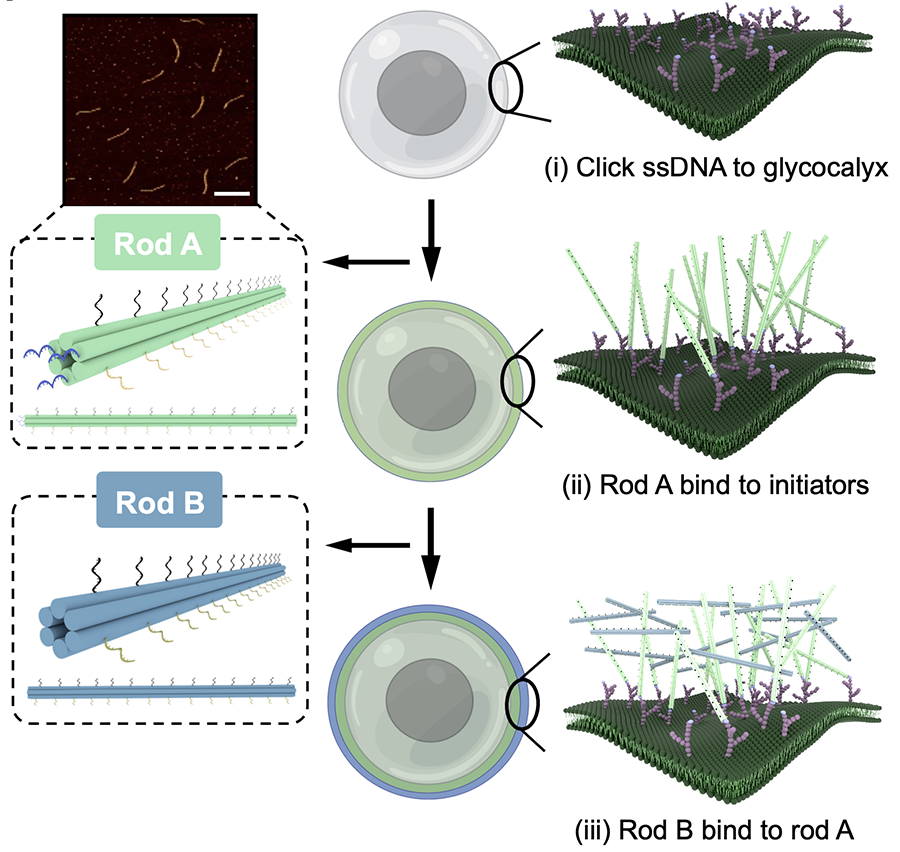Safety first: DNA armor protects regenerative medicine
Using DNA origami, researchers in Carnegie Mellon University’s College of Engineering have developed a synthetic cell armor to protect cells during the stress of clinical practice.
If one in three Americans could benefit from regenerative medicine why are only one million Americans treated with it each year?
To put it simply, cell manipulation and delivery is brutal. Cells are often damaged by external forces during the process and researchers have struggled to develop an armor that won’t hinder cell function…until now.
Using DNA origami, researchers in Carnegie Mellon University’s College of Engineering have developed a synthetic cell armor to protect cells during the stress of clinical practice.
“The cell membrane is often not enough to protect cells from being deformed, shrunk, or expanded during biomedical applications,” said Weitao Wang, a Ph.D. candidate advised by Rebecca Taylor, associate professor of mechanical engineering and Xi (Charlie) Ren, associate professor of biomedical engineering. “Our team targeted the cell’s surface and cross-linked two layers of DNA nanorods onto the membrane to form a programmable cell shell.”
The DNA origami shell can impact the biophysical properties of the cell membrane and enhance its stiffness and lower its lipid fluidity.

“Because of this technology, we can build very precise DNA structures,” explained Wang. “We can adjust the thickness of the armor so that we can customize protection levels for different cells and different applications’ needs.”
Taylor explained that due to the modular nature of the armor, we can also think of it like a backpack that researchers can fill with tools for the cell.
“We can imagine enhancing a cell with RGD, a DNA sequence that could aid in targeted delivery in the body,” Taylor said.
To test the armor’s viability, the team put the cells through a mechanical triathlon: swelling them, squishing them, and injecting them through syringes. During each test, a higher percentage of cells survived if they were coated in the armor. Because the armor stabilized the cell in harsh conditions, the team expects that the armor can provide long-term protection.
We are building the foundation for future applications to use this armor to protect the cells we want to deliver into the human body.
Weitao Wang, Ph.D. candidate, Mechanical Engineering
“Although this is a fundamental study, we are building the foundation for future applications to use this armor to protect the cells we want to deliver into the human body,” said Wang.
This research was published in Nano Letters and highlighted in Nature.
